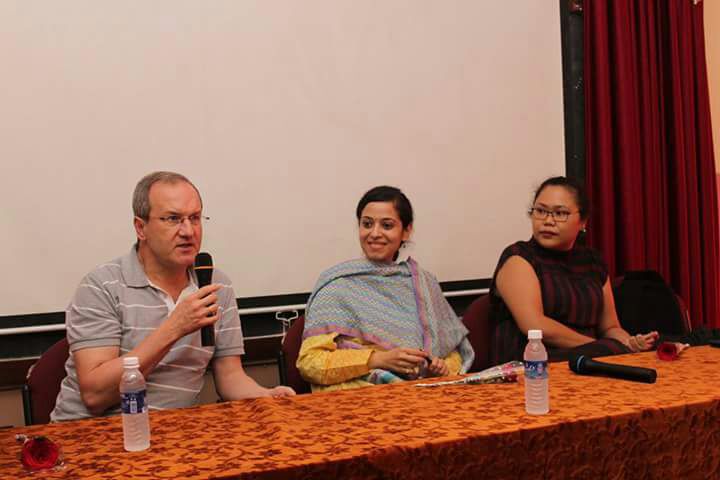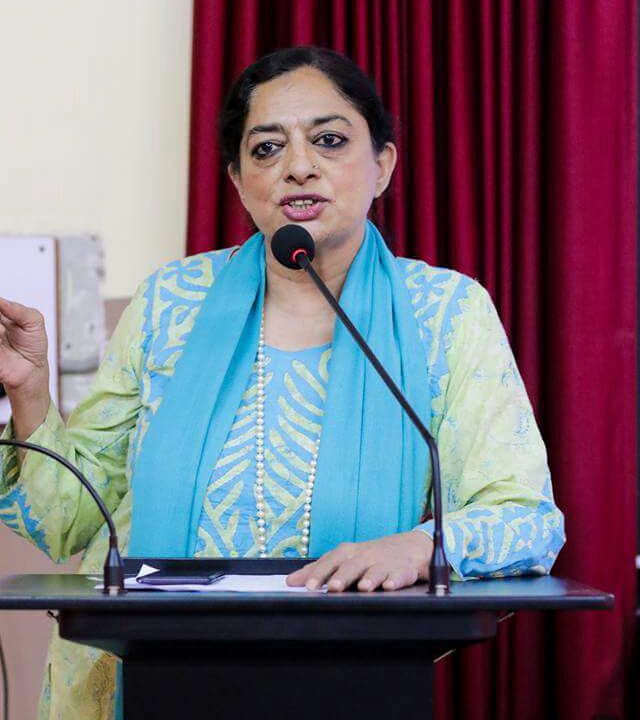
Anaemia Detection Camp at Dhempe College
July 14, 2017
Health and Nutrition
September 26, 2017The conception of the idea of student exchange happened during the 8th India-Japan Science and Technology conference which was held in Goa during August 2017. Accordingly, a proposal was submitted to Japan Science and Technology Agency (JST). On acceptance of proposal, screening of the students was done, based on their academic performance.
For this student exchange programme under Sakura Science Plan, nine students and one accompanying teacher below 40 years of age were selected as per the criteria laid down by the agency. This student exchange programme was fully funded by JST. We arrived at Narita Airport in Japan on 2nd February 2018. It snowed at that time, with a temperature of about 4 ⁰C. On the same day, we visited the laboratory in which our proposal was selected. Introductions to the place and the people involved in the exchange programme were carried out on this day. Accommodation was provided in one of the hotels close to the laboratory. For the next two days i.e. on 3rd and 4th February 2018, we visited various places which represent current state of development of science and technology in Japan, and those which reflect their cultural heritage.
One such visit was to Miraikan museum, or the “Future Museum”. In this museum, various exhibits were displayed, showing how human dependence on science and technology is going to change in future. Special emphasis was laid upon human-robot interactions and how machine learning by computers can help humans. Visit to Hikawa shrine, Kawagoe city and railway museum showed us how the Japanese undertake the preservation of their cultural heritage . During these visits, we had the opportunity to interact with the Japanese students and some of the officials involved in this programme. On the whole, these people were very modest, hospitable, and supportive in every sense.
On 5th and 6th February 2018, our team was engaged in lectures and practical demonstrations. The laboratory we visited dedicatedly works with bio-nano fusion technology. The topics and nature of current research carried out in the laboratory were conveyed to our undergraduate students in a way that was easy to understand. Exposure to the high end sophisticated lab facility along with the theoretical background covered during the lectures immensely motivated our students to take up their higher studies in such institutions. We also visited JEOL (Japan Electron Optics Limited) which manufactures electron microscopes used in various laboratories throughout the world for nanomaterial characterization. It was an enthralling experience to see world’s only transmission electron microscope capable of atomic resolution imaging in its fully functional mode. Apart from this, many other instruments useful in medicine were showcased during the visit. On our second last day in Japan, we were introduced to traditional Japanese tea ceremony and origami. Through the visits to the places of cultural importance this programme helped us understand Japanese cultural heritage. Japan has similar cultural environment to India, so it was easy for our students to mix with this population.
The main purpose of this student exchange programme was to introduce Indian students to Japanese culture as well as to opportunities available in Japan for their higher studies and probably their prospective career in future. During my interactions with our host it was brought to my notice that Japan was doing equally well at academics as any other European country or the United States. Number of students applying in Japanese universities is very less and thus there are ample opportunities for Indian students to get selected in these institutes and probably even for employment.


